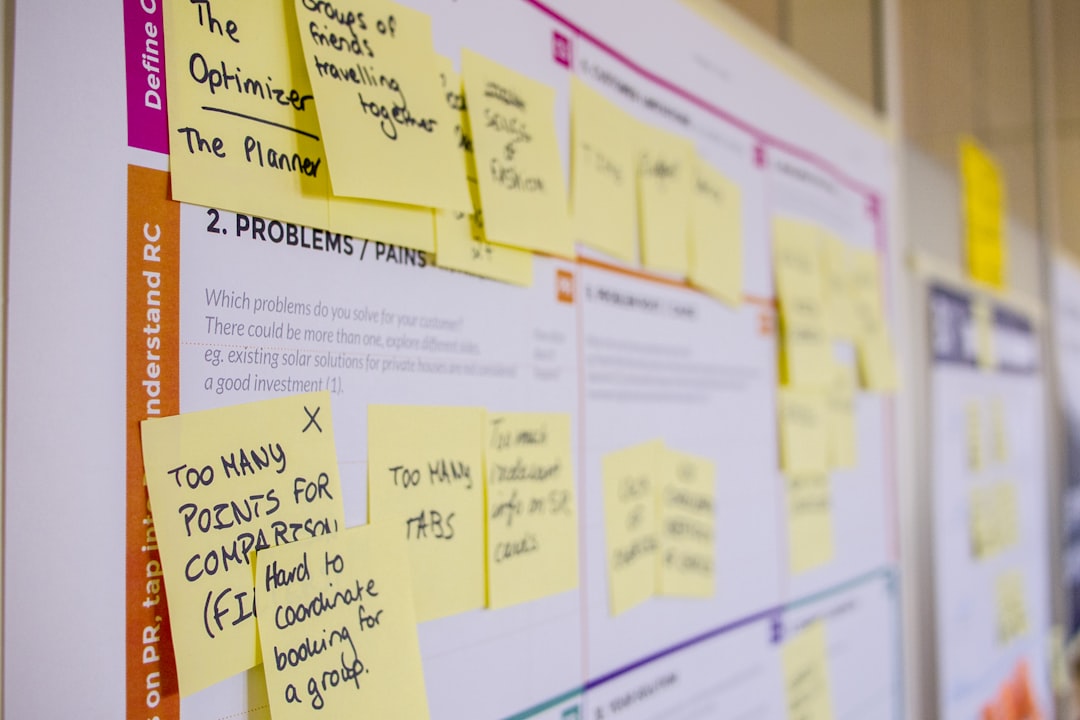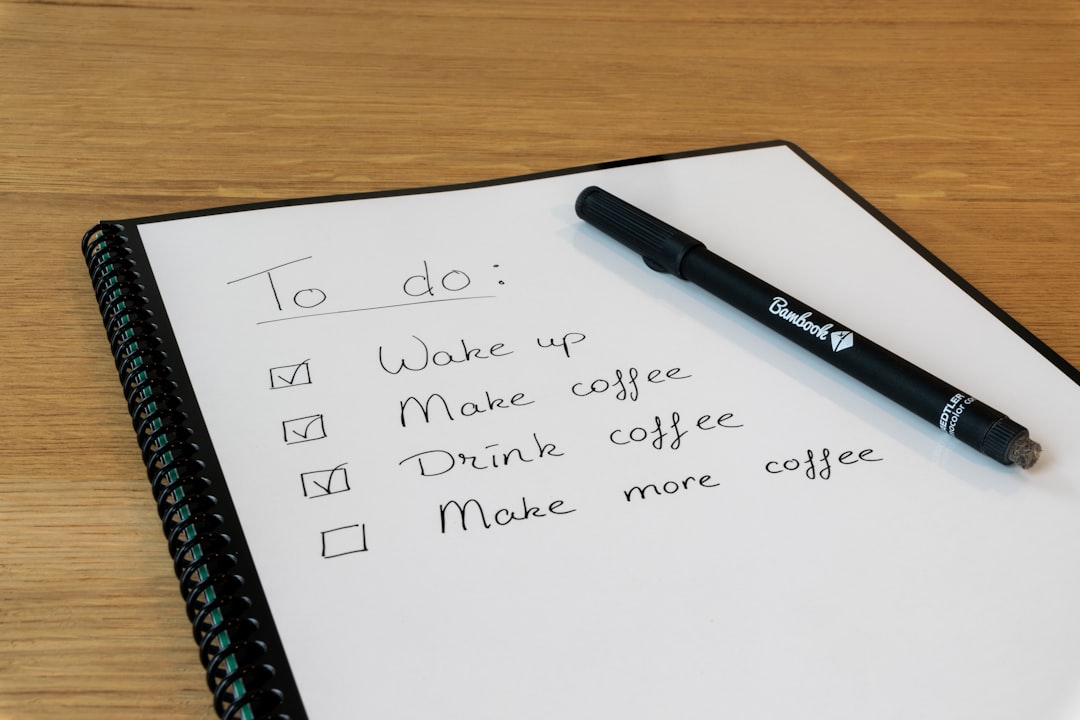Today my to-do list started with 10 items. By lunch, it had ballooned to 50. By dinner? Not a single task was crossed off. I had spent my entire day responding to pings, cleaning up small tasks, and putting out fires. What felt like productivity was actually just motion without direction.
If that sounds familiar, you’re not alone. Most people create task lists thinking they’re building a roadmap to productivity. But traditional to-do lists often become an overwhelming brain dump with no sense of priority or purpose.
In this article, we’ll explore why most lists don’t work—and introduce science-backed methods like the Eisenhower Matrix and the Ivy Lee Method to help you finally figure out how to prioritize tasks effectively.
Why To-Do Lists Set You Up for Failure
Traditional to-do lists usually lack a hierarchy. Without clearly distinguishing between what’s urgent and what’s important, we tend to treat every task with the same weight. That email follow-up? It sits right next to the strategic planning session—despite one driving revenue and the other simply maintaining communication.
Another flaw is that these lists are endless. As the day goes on, new tasks are constantly added without removing or re-prioritizing existing ones. This leads to a sense of overwhelm and burnout, where it feels like the work is never done—even if you’ve been at it for hours.
Lastly, task switching becomes a productivity killer. Without a clear prioritization logic, we jump from one item to the next based on mood or ease. We chase the dopamine hit of crossing off easy wins instead of focusing on the work that moves the needle.
Learning how to prioritize tasks means building structure into your workflow—so you can execute with intention, not just urgency.
The Psychology of Task Overload

In a 2023 Harvard study, researchers found that participants presented with more than 10 tasks experienced a 40% increase in mental fatigue and a 25% drop in completion rate.
This is the result of decision fatigue. When your brain is bombarded with too many choices, it starts to stall. You either tackle low-effort tasks to feel productive or avoid the list entirely. The more cluttered your list, the more resistance you feel to even start.
The secret to better productivity isn’t doing more—it’s deciding better. Mastering how to prioritize tasks gives your brain clarity and direction, reducing stress and increasing follow-through.
Eisenhower Matrix: Urgency vs. Importance
The 4-Quadrant Breakdown
The Eisenhower Matrix—also called the Urgent-Important Matrix—helps you prioritize by categorizing tasks into four buckets:

This matrix gives you clarity. When you learn how to prioritize tasks using this system, you stop reacting to urgency and start acting on what truly matters.
Case Study — Mark the Freelancer
Mark is a freelance designer who felt constantly underwater. Each day, his inbox dictated his priorities. Deadlines loomed, his portfolio sat neglected, and admin work took up more time than actual design.
He adopted the Eisenhower Matrix by starting each morning categorizing tasks. Client deadlines went into Quadrant 1, while updating his portfolio landed in Quadrant 2. Slack messages? Quadrant 3. Random newsletters? Quadrant 4.
After two weeks, Mark noticed he was spending fewer hours working—but earning more. By putting first things first, he reduced busywork and focused on results. In fact, he cut his workday by 20% and doubled his billable hours. That’s the power of learning how to prioritize tasks with clarity.
Ivy Lee Method: The 100-Year-Old Secret

The History + Why It Works
In 1918, Charles Schwab, president of Bethlehem Steel, hired productivity consultant Ivy Lee. Lee offered a five-minute method for free, saying Schwab could pay him later if it worked. Three months later, Schwab sent Lee a check for $25,000.
Here’s what Lee told him to do: At the end of each workday, write down the six most important tasks for tomorrow. Then, prioritize them by importance. The next day, start with task #1 and don’t move on until it’s done. Repeat this process every day.
This method works because it removes decision-making from the start of your day. You wake up knowing exactly what to do. The prioritization is already done. And by focusing on one task at a time, you eliminate context switching—which is a silent killer of momentum.
Why Only 6 Tasks?
Limiting your list to six forces focus. It creates a boundary that prevents overload and makes the list achievable. It also removes the guilt that comes from an endless list of unchecked boxes.
When you narrow your scope, you increase your depth. That’s why the Ivy Lee Method remains one of the simplest and most effective tools for mastering how to prioritize tasks.
Pareto Principle (80/20 Rule)
The Pareto Principle—also known as the 80/20 rule—states that 80% of your results come from 20% of your efforts. If you’re constantly busy but rarely moving forward, this principle will be a game-changer.
Start by identifying what activities drive the most outcomes in your business or life. These are your “vital few.” Everything else? Likely the “trivial many.”
🔑 High-Impact Tasks to Prioritize First:
- Revenue-generating work
- Strategic planning
- Sales conversations or lead nurturing
- Product development
- Content creation with SEO or ROI upside
Once you know which tasks yield the biggest results, you can focus your energy there—and make smarter decisions about how to prioritize tasks daily.
Tools to Automate Task Prioritization

You don’t have to do all of this manually. Several tools are built specifically to help you prioritize tasks more effectively.
Todoist offers smart scheduling, task labeling, and productivity tracking. You can tag tasks by priority and quickly sort what needs to be done now versus later.
Trello uses a visual Kanban-style board where you can drag and drop tasks between lists like “Do Now,” “Next,” or “Someday.” This visual layout helps contextualize how to prioritize tasks based on current workload.
ClickUp is an all-in-one workspace that combines project management with time tracking and goal setting. It’s ideal for teams who want to prioritize collaboratively.
Sunsama takes a daily planning approach, integrating your tasks and calendar so you can block time for only what matters.
Notion provides customizable templates. You can build your own Eisenhower Matrix or Ivy Lee board to reflect your unique workflow.
Each of these platforms offers a structured way to focus on the right work, not just more work.
How to Build a Sustainable Habit

Daily and Weekly Reviews
One of the best ways to embed prioritization into your routine is to create space for review. At the end of each workday, ask: What did I actually accomplish? What moved the needle? Then, plan tomorrow’s top tasks using one of the methods above.
Weekly reviews are equally powerful. Set aside time each Sunday or Monday to review wins, bottlenecks, and what needs your attention in the coming week. This keeps your priorities aligned with your bigger goals.
A Simple Tracking Template
To make this easier, create a simple tracking sheet with three columns: Task, Priority (1–4), and Impact Score (1–10). Over time, you’ll start to see patterns in what work creates the most value—and learn exactly how to prioritize tasks based on real data, not guesswork.
Why Knowing How to Prioritize Tasks Matters
When you learn how to prioritize tasks effectively, everything changes. You stress less. You get more done. And you finally stop feeling like your to-do list is running your life.
Start small. Pick a framework. Stick with it.
Productivity isn’t about doing more. It’s about doing what matters—first.
FAQ: How to Prioritize Tasks
Q: How do I choose between the Eisenhower Matrix and Ivy Lee?
Use the Eisenhower Matrix for weekly or strategic planning. Use Ivy Lee when you need a narrow focus for daily execution.
Q: What if I have more than 6 urgent tasks?
Revisit the Eisenhower Matrix—some tasks that feel urgent may actually belong in Q3 or Q4 and can be delegated or deleted.
Q: Can I combine these methods?
Yes. Many people use the Eisenhower Matrix to plan the week and the Ivy Lee Method to focus daily. They work well together.
Q: How long until I see results?
You’ll likely feel a difference in mental clarity within 3–5 days. Full mastery and habit formation usually take 2–3 weeks.
Q: What’s the best tool to get started with?
Try Todoist or Notion. Both are flexible, easy to learn, and ideal for applying prioritization frameworks.


